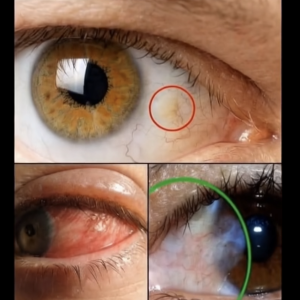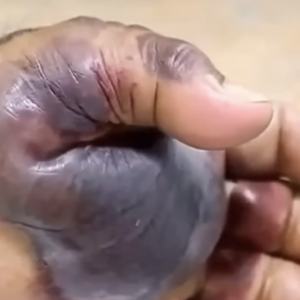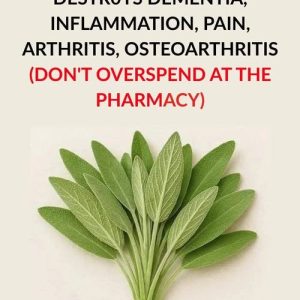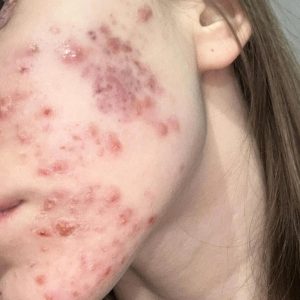Psoriasis is more than just a skin issue—it’s an autoimmune disorder that “causes a rash with itchy, scaly patches, most commonly on the knees, elbows, trunk, and scalp,” according to the Mayo Clinic. It speeds up the skin cell cycle, leading to red, inflamed, and scaly areas that can be painful and affect daily life. Over 125 million people worldwide live with this chronic condition that “can be painful, interfere with sleep and make it hard to concentrate.”
While the exact cause is unclear, genetics and environmental factors are key triggers. The National Psoriasis Foundation identifies five types of psoriasis, each with distinct symptoms and emotional impact.
Plaque psoriasis is the most common, featuring “dry, itchy, raised patches of skin (plaques) covered with scales,” often on the elbows, knees, scalp, or back.
Guttate psoriasis mainly affects children and young adults, appearing as “small, teardrop-shaped spots” after infections like strep throat.
Inverse psoriasis forms in skin folds such as the groin or under the breasts, showing “smooth, shiny, red patches” that worsen with sweat or friction.
Pustular psoriasis is rarer, marked by “white pustules filled with non-infectious pus” on inflamed skin.
Managing symptoms early and seeking medical advice are essential for better skin and overall health.




